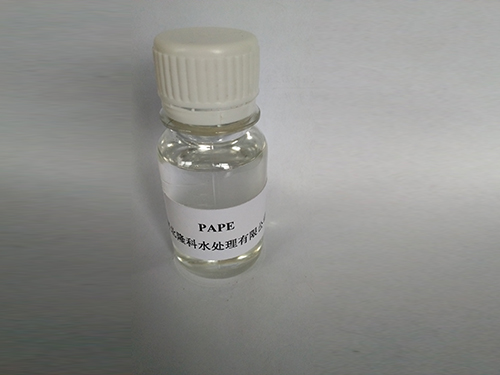Innovative Applications and Benefits of Polyacrylamide Flocculants in Water Treatment Solutions
Polyacrylamide Flocculant A Versatile Solution for Water Treatment
Polyacrylamide (PAM) is a synthetic polymer that has gained significant attention in various industries, particularly in water treatment processes. As a flocculant, polyacrylamide plays a crucial role in aiding the separation of solids from liquids, thereby enhancing the efficiency of wastewater treatment and other related processes. This article explores the properties, applications, and benefits of polyacrylamide flocculants.
Properties of Polyacrylamide
Polyacrylamide is highly soluble in water, making it an effective flocculant for various applications. It is a linear polymer composed of acrylamide monomer units that can be modified to enhance its performance. The degree of polymerization can vary, resulting in chains of different lengths and molecular weights. This variability allows the formulation of PAM in various types, such as non-ionic, anionic, and cationic polyacrylamide, each suited to specific applications.
These polymers have a high affinity for suspended particles, which makes them effective in binding together smaller particles to form larger aggregates or flocs. This process significantly reduces the amount of time required for sedimentation in water treatment systems. The characteristics of the polymer, such as charge density and molecular weight, can be tailored to meet specific treatment needs, making polyacrylamide a versatile option.
Applications in Water Treatment
Polyacrylamide flocculants are widely used in municipal and industrial wastewater treatment facilities. Their ability to promote the aggregation of suspended solids is particularly valuable in the removal of turbidity from water. In municipal treatment plants, PAM can effectively clarify drinking water before it is distributed to communities.
In industrial settings, polyacrylamide is employed in a variety of applications, including the treatment of wastewater from mining, pulp and paper production, and food processing. Its application can enhance the recovery of valuable materials from wastewater while ensuring compliance with environmental regulations.
polyacrylamide flocculant

Another significant use of polyacrylamide flocculants is in the oil and gas industry. During hydraulic fracturing, PAM is added to fracturing fluid to improve the efficiency of the process by minimizing fluid loss and stabilizing the formation. It also facilitates the recovery of oil by helping to separate water from oil in secondary recovery operations.
Benefits of Using Polyacrylamide
The use of polyacrylamide flocculants offers several benefits. First, their high efficiency in removing suspended solids can lead to a reduction in chemical usage, which may contribute to lower operational costs. This efficiency can also result in less sludge generation, improving the overall sustainability of the treatment process.
Second, polyacrylamide can significantly improve the clarity and quality of treated water, making it suitable for various reuse applications. The treated water can be utilized for irrigation, industrial processes, or even for groundwater recharge, thereby reducing the demand for freshwater sources.
Third, the adaptability of polyacrylamide to different water qualities and treatment processes allows for its widespread use across various sectors. With the ability to modify its properties, industries can optimize their treatment processes to achieve better results tailored to their specific needs.
Conclusion
In conclusion, polyacrylamide flocculants serve as a powerful tool in the field of water treatment. Its unique properties and versatility make it an invaluable resource in municipal and industrial applications. As water scarcity becomes an increasingly critical issue globally, the role of effective treatment solutions like polyacrylamide will only continue to grow. By embracing this technology, industries can enhance their efficiency, comply with environmental regulations, and contribute to sustainable water management practices.
-
Water Treatment with Flocculant Water TreatmentNewsJun.12,2025
-
Polymaleic AnhydrideNewsJun.12,2025
-
Polyaspartic AcidNewsJun.12,2025
-
Enhance Industrial Processes with IsothiazolinonesNewsJun.12,2025
-
Enhance Industrial Processes with PBTCA SolutionsNewsJun.12,2025
-
Dodecyldimethylbenzylammonium Chloride SolutionsNewsJun.12,2025





